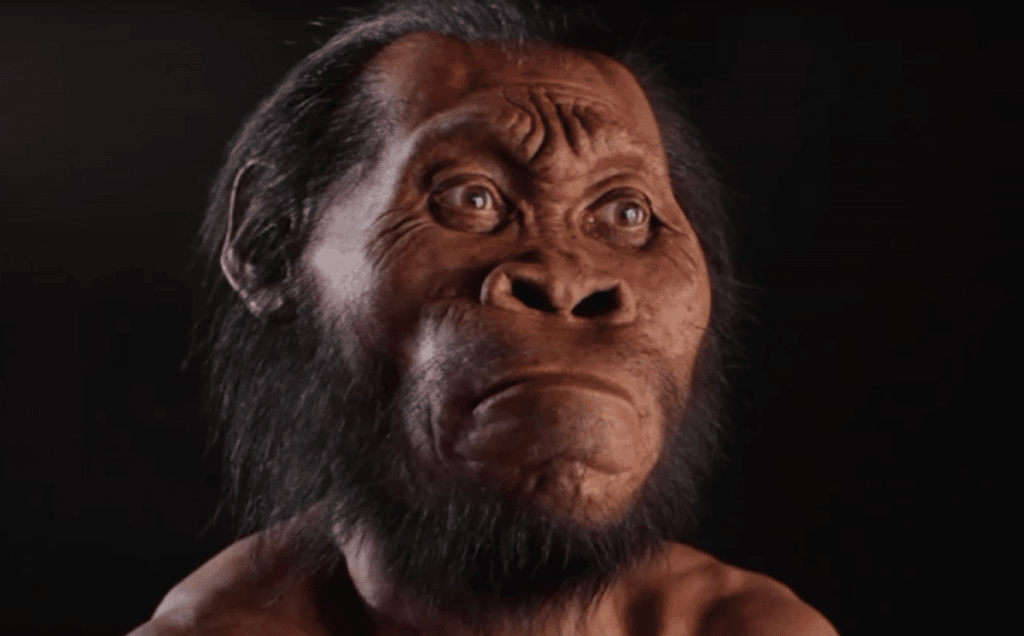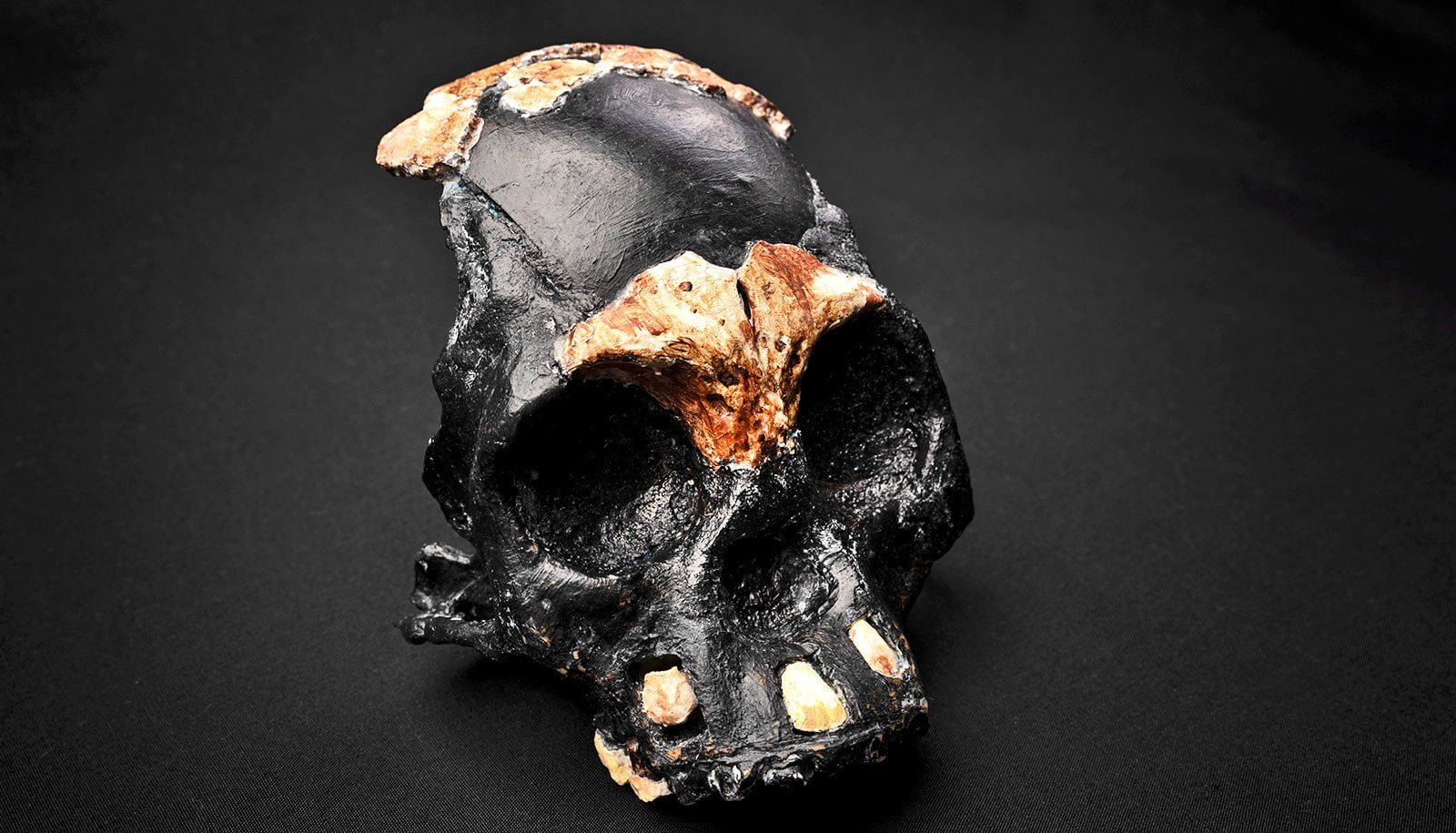The discovery of the skull of a 4-6 year old child has given the archaeologists of the Rising Star caves very interesting new information.
In South Africa, historical research into the origin of humanity has significantly increased, especially after the discovery of the cave system called “Rising Star”.
At this point, a short distance from Johannesburg, archaeologists were able to recover more than 2.000 skeleton fragments, including the very special skull.
Let's see in detail what happened and what those directly involved think of this new exciting discovery.
The Johannesburg Skull
The child's skull is unfortunately only partial. Some crucial points are missing, and archaeologists are trying to reconstruct the entire figure.
From what we know, the child belongs to the Homo Naledi group, already present inside the caves. The Rising Star system has existed since 2013 and, to date, has allowed the discovery of many different fragments. Indeed, the site is today considered one of the richest in fossils ever found in Africa.
The skeleton appears to be 250.000 years old, and its perfect preservation is incredible. This finding is so special because, in all previous studies, only the teeth and parts of the lower jaw of the children were identified.
Now, however, it is possible to analyze an entire skull, observing the shape of the head of younger individuals.
Darryl de Ruiter, professor and head of anthropology at Texas A&M University, briefly described the moment of the discovery, stating that: “There were no replicating parts when we reassembled the skull and many of the reassembled fragments, indicating that they all came from one single child."
Leti's skull
The skull found near Johannesburg is called "Leti", a term which in the Setswana tribal language means "the lost".
Archaeologists managed to reconstruct much of the skull thanks to the presence of 28 different fragments and 6 teeth. The sheer amount of finds surprised the team of researchers, who usually can't find juvenile remains.
In most cases, the bones of the little ones tend to be particularly fragile and uncover over time. Leti is a very rare specimen, which deserves to receive the right attention.
Juliet Brophy, the researcher who conducted the study on the condition of Leti's skull and teeth, also agrees.
“This is the first partial skull of a Homo Naledi baby yet recovered and this begins to give us an idea of all the life stages of this extraordinary species.”
The discovery of Leti's skull allows us to know something more about the primitive species of Homo Naledi. Researchers will thus have the opportunity to delve into the dynamics of the time and understand the culture of primitive man and what allowed him to live.

The mystery of the discovery
A little mystery hides behind the discovery of Leti's skull.
More than a mystery, it is possible to talk about curiosity. Archaeologists still wonder how the little boy managed to reach such a remote and inaccessible part of the cave system.
The remains of Leti were in fact found in a passage only a few centimeters wide, and without the proximity of any part of the body. There are no traces of damage or particular blows along the skull, so it is likely that the other members of the species were involved in the displacement of the skeleton.
The work of archaeologists inside the Rising Star caves continues today, with the aim of bringing to light new incredible finds. Some chambers, not yet analyzed by the team, could hide other remains of Homo Naledi, and it is good to look more closely.
“The discovery of a single infant skull, in such a remote location within the cave system, adds to the mystery of how these numerous remains came to be in these remote, dark spaces of the Rising Star cave system,” he says Berger. “It is just another enigma among many surrounding this fascinating extinct human relative.”
A systematic review appears in the journal PaleoAnthropology.
Source: Texas A & M University


